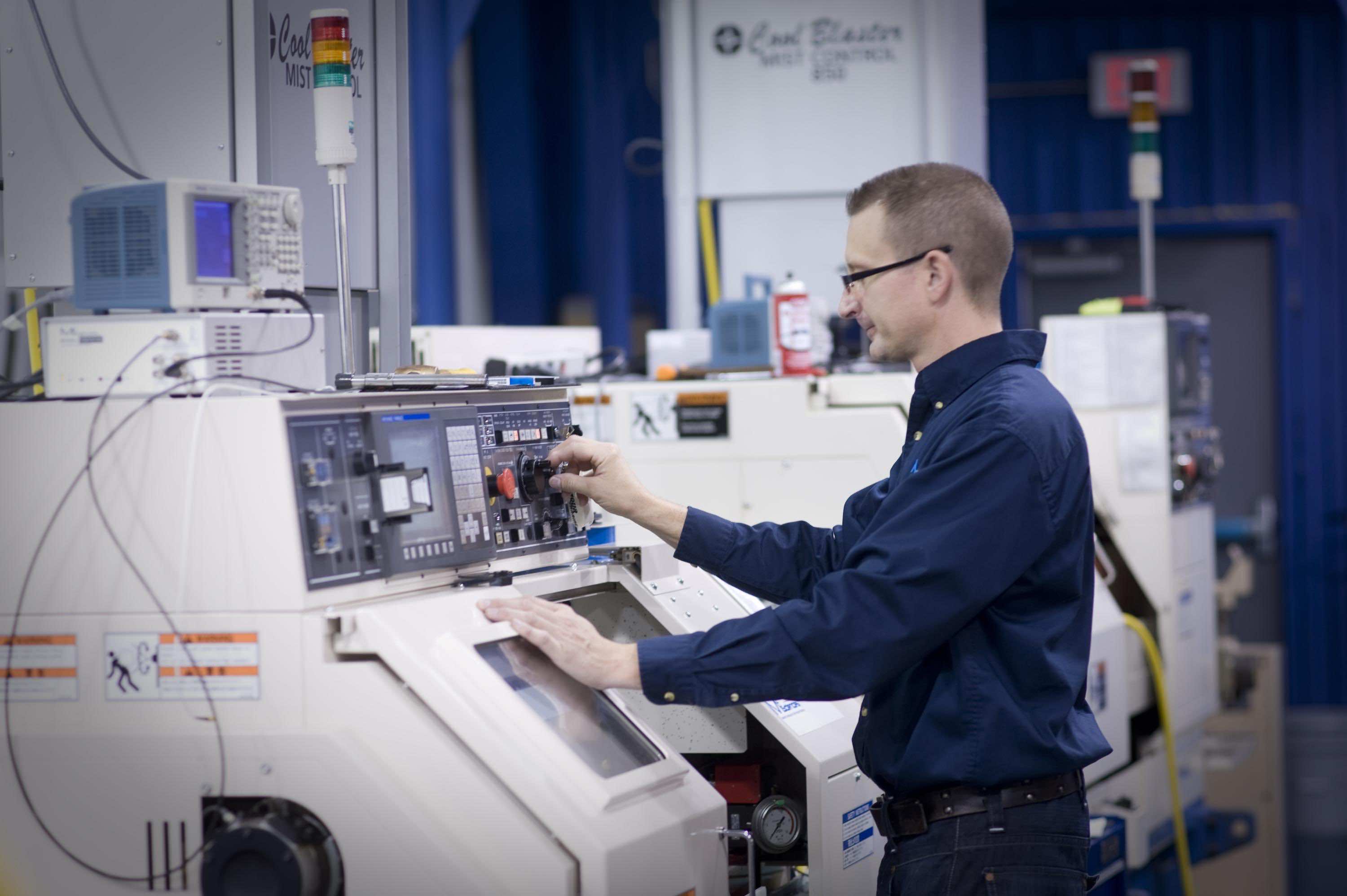In the world of precision manufacturing, where the demand for high-quality, intricate components is ever-growing, the advent of photochemical machining (PCM) has been nothing short of revolutionary. This unique process that combines photography and chemical etching to produce intricate parts has gained widespread traction across a range of industries due to its versatility, precision, and cost-effectiveness. Let’s learn more about the fascinating realm of photochemical machining, its applications, benefits, and future implications in the world of manufacturing.
Demystifying Photochemical Machining
At its core, photochemical machining is a non-traditional machining process that uses a photoresist and etchants to chemically machine away desired areas of a metal substrate. The process begins with a clean, metal sheet being coated with a light-sensitive photoresist. This is then exposed to light through a photomask that carries the desired design, hardening the photoresist on the exposed areas. The unexposed areas are then washed away, and the metal sheet is submerged in an etching solution that removes the unprotected metal, leaving behind the desired pattern.
The Photochemical Machining Process: Advantages
Photochemical machining offers several significant advantages over traditional machining methods:
- Precision: PCM allows for the manufacture of highly complex parts with exceptional precision, even down to micron levels. It’s ideal for applications where accuracy is paramount.
- Material Integrity: Since PCM is a non-contact and stress-free process, it does not induce mechanical or thermal stress on the material, preserving its original properties.
- Cost-Effectiveness: PCM requires fewer steps and less time than traditional machining, resulting in cost savings. Additionally, it produces very little waste, further reducing costs and environmental impact.
- Versatility: PCM is compatible with virtually any metal, making it highly versatile and widely applicable across industries.
Applications of Photochemical Machining
The applications of photochemical machining are vast and varied. Some notable examples include:
- Electronics: In the electronics industry, PCM is often used to create intricate components like connectors, lead frames, and circuit components.
- Aerospace: The aerospace industry uses PCM to manufacture high-precision, lightweight components that can withstand extreme conditions.
- Medical Devices: The production of medical devices, such as stents and hearing aids, often relies on PCM due to its ability to create complex, micro-scale parts.
- Decorative Items: From jewelry to decorative panels, PCM enables the creation of intricate designs with high precision and detail.
The Future of Photochemical Machining
As industries continue to demand higher precision and more complex designs, the future of PCM looks promising. The advent of digital technologies like CAD (Computer-Aided Design) and advanced photoresist materials have further enhanced the precision and capabilities of the PCM process.
In the future, we can expect to see an increase in the adoption of PCM across various industries, especially as additive manufacturing techniques like 3D printing continue to evolve and merge with traditional manufacturing methods.
The Intersection of Photochemical Machining and Nanotechnology
A particularly promising area for the future of photochemical machining is its intersection with nanotechnology. As the demand for smaller, more precise components in fields like electronics and biotechnology increases, the need for techniques capable of manufacturing at the nanoscale grows. The precision of photochemical machining makes it uniquely suited to meet this need.
Indeed, research is already underway exploring the potential of nano-etching, which uses the same principles as photochemical machining but on a much smaller scale. With further development, it’s conceivable that we could see photochemical machining being used to produce nano-scale components in the future.
Challenges and Limitations of Photochemical Machining
Like any technology, photochemical machining is not without its challenges and limitations. The process requires careful control of a variety of factors, including the type and concentration of the etchant, the temperature and agitation of the etching solution, and the thickness and uniformity of the photoresist. These factors all influence the quality of the final product and require careful monitoring and control.
Additionally, while photochemical machining is compatible with many metals, not all metals react to etching solutions in the same way. This means that the process may need to be adjusted depending on the specific metal being used.
Finally, while the precision of photochemical machining is one of its greatest advantages, it also means that the process may not be suitable for larger components or those requiring less precision. In such cases, other machining methods may be more appropriate.
Photochemical Machining and the Environment
A critical aspect to consider in the realm of photochemical machining is its environmental impact. The process uses chemicals that, if not properly managed, could potentially harm the environment. Fortunately, most of the chemicals used in the PCM process can be recycled, and spent etchants can often be treated and reused, reducing waste.
Furthermore, the industry is making strides towards even greater environmental responsibility. New research is focusing on finding less harmful chemicals to use in the etching process, and advancements in water treatment technologies are making it easier to safely dispose of any waste produced.
Embracing the Future
Despite its challenges, the advantages of photochemical machining make it a compelling option for precision manufacturing. As we continue to push the boundaries of what is possible in manufacturing, techniques like photochemical machining will become increasingly important. Whether it’s producing intricate electronic components, lightweight aerospace parts, or delicate medical devices, photochemical machining has a crucial role to play in the future of manufacturing.
For manufacturers and businesses, understanding and embracing photochemical machining could offer significant benefits, including improved product quality, greater design flexibility, and cost savings. As we look to the future, the potential of this remarkable technology is just beginning to be realized, promising exciting developments in the world of precision manufacturing.


